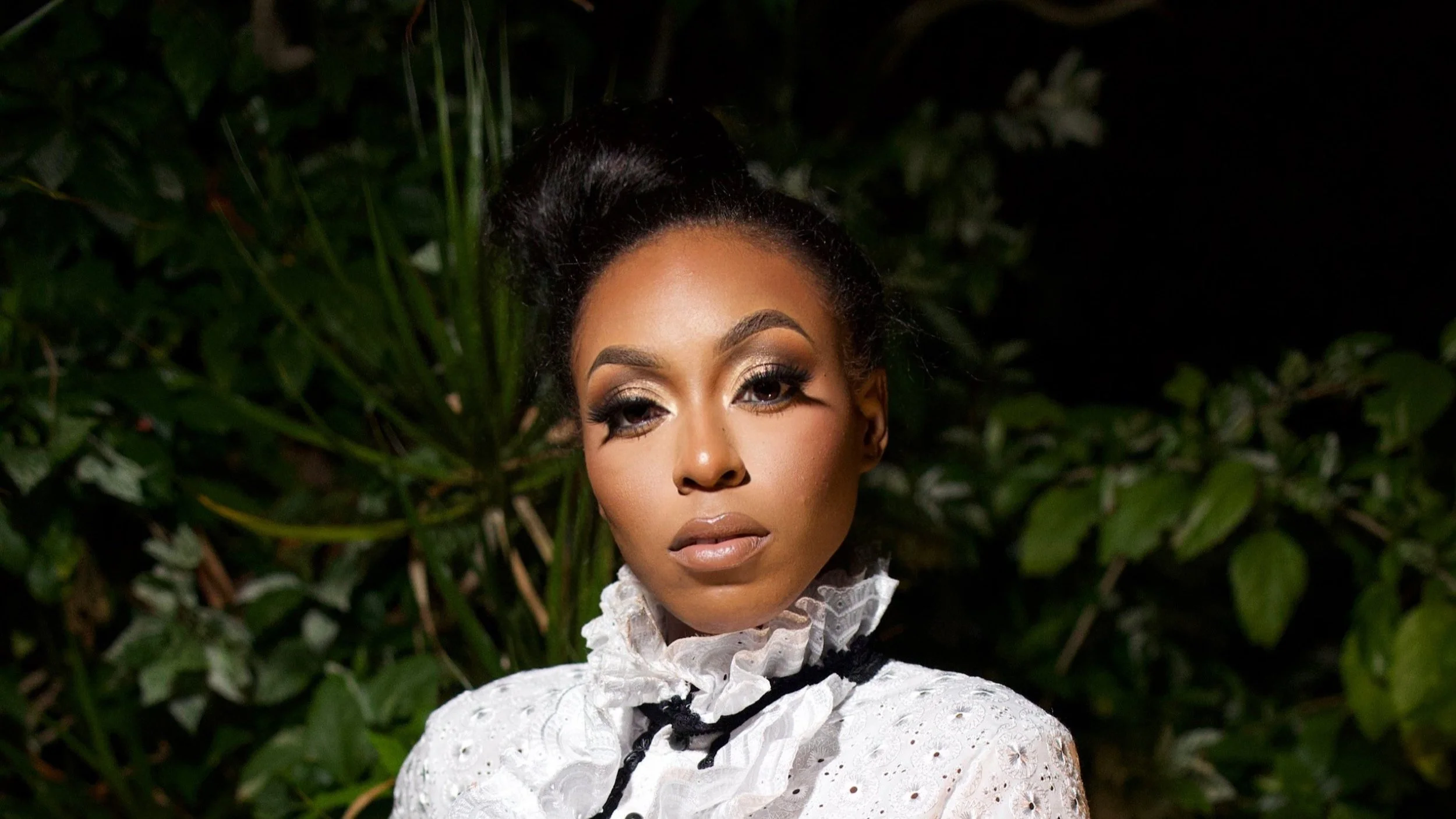For Multiracial Girls: My Review of Tessa McWatt’s ‘Shame on Me: An Anatomy of Race and Belonging’
written by Alya
Tessa McWatt recalls a specific memory from her childhood in Toronto where a teacher asked her "what are you?" This question would haunt her for years and drive her to write “Shame on Me: An Anatomy of Race and Belonging.” The book is a memoir and a critique on how we view race. The entire book is formatted using the scientific method and is broken down into sections that are titled hypothesis, experiment, analysis and more.
Being multiracial in Toronto in the 1960’s was hard. Imagine being a child whose family just immigrated from Guyana to Toronto on top of being multiracial. That is the start of Tessa McWatt’s book “Shame on Me: An Anatomy of Race and Belonging”
[Additional Read: Alexia Arthurs: The Caribbean Immigrant Experience]
By posing the question “what are you?”, McWatt dives into a journey of happy memories and harsh analysis of the world around her in order to finally answer the question she was asked so long ago.
“But the body is a site of memory. If race is made by erecting borders, my body is a crossing, a hybrid many times over.” -Tessa McWatt
McWatt is multiracial of Indian, African, Chinese and Scottish descent amongst others. Her multiracial background has led her to question who she is, as people visibly struggled to label her ethnicity. McWatt cannot be put in one specific racialized box. It was confusing to her. While sharing fond memories of her Chinese Caribbean grandmother’s chow mein, she also shares memories of seeing whose nose was smaller and better looking in the mirror with her siblings. Memories that take pride in her heritages contrast with painful memories of internalized racism. This complexity of McWatt’s identity doesn’t stop during her childhood.
Photo from Amazon.com
Being coloured impacted every aspect of McWatt’s life after migrating to Canada. The social politics of her schools meant that she would have crushes on white Jewish boys that paid her no mind, and would receive backlash from her grandmother for dating a black boy in highschool. These instances led to McWatt questioning her identity long term. Later in her life, she would even question her nieces and nephews on how their racial identities impacted them and their social lives.
The struggle to belong in a place that made her feel unwanted and misunderstood truly left its mark on McWatt. Throughout the book, there are many historical notes added to give context to why her life has been shaped the way it has by race.There are a number of family photos that help give context to the stories about her relatives. There are also notes on larger systems of oppression such as the sugar cane plantations of colonial Guyana and the Black Panther party in the United States. Mugshots of prominent Black Panther Angela Davis are included in the book, as well as photographs of traditional Chinese feet binding. By including this documentation, McWatt is making a statement on how visual representations of race impact our personal identities. These photos and more paint a vivid picture of how oppressive regimes from colonial times follow us to the modern day.
“Race is colliding with sex and power, silently, stealthily, making me the perfect target.”
At the end of the book, like McWatt we are no closer to determining who McWatt is. Instead, readers are left with more questions than answers. Conversations on intersectionality have been more present within the past few years. As we read and experience more bodies of works like McWatt’s, the need for these conversations continues. After reading how race, gender, migration and the intersection of all of those things continue to impact one woman, readers are still unsure of their place in the world. Are they someone who perpetuates oppression, or are they someone that fights against it? Who are you?
You can buy your copy of “Shame on Me: An Anatomy of Race and Belonging” here.





